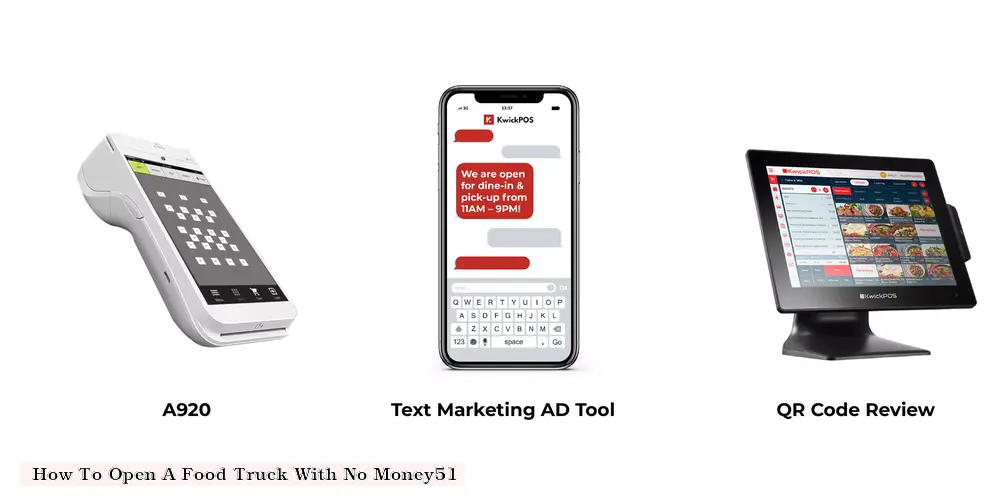

1. Research and Plan:
Start by researching the local laws and regulations regarding food trucks in your area. Find out if there are any restrictions or requirements that you need to be aware of. Next, create a business plan that outlines your menu, target market, pricing, and marketing strategy. This will help you identify the costs and risks involved and come up with a plan to overcome them.
2. Find a Cheap or Free Kitchen Space:
One of the significant expenses of starting a food truck business is the cost of the kitchen equipment and the truck itself. Consider renting a shared kitchen space or partnering with a local restaurant to use their kitchen facilities. You can also look into catering companies that rent out their commercial kitchens during off-peak hours.
3. Build a Strong Brand:
Develop a unique brand identity that reflects your food truck's personality and cuisine. Create a strong social media presence, and engage with your audience to build a loyal following. Use low-cost marketing strategies like flyers, word of mouth, and local press to promote your business.
4. Partner with Local Businesses:
Collaborate with local businesses to cross-promote each other's products or services. For example, you can offer discounts to customers who present a receipt from a nearby business, or you can partner with a brewery to offer a special menu item that pairs well with their beer.
5. Crowdfunding and Sponsorships:
Consider starting a crowdfunding campaign to raise funds for your food truck. Platforms like Kickstarter, Indiegogo, or GoFundMe can be an excellent way to involve your community and generate buzz around your business. You can also look into sponsorship opportunities with local businesses or events to help cover some of your start-up costs.
6. Operate a Pop-Up or Catering Business First:
If you can't afford a food truck right away, consider starting a pop-up restaurant or catering business first. This will allow you to test your concept, build a reputation, and generate revenue to put towards your food truck dream.
7. Save on Food Costs:
source local, seasonal ingredients to keep your menu fresh and affordable. Consider partnering with local farmers or wholesale suppliers to get the best deals on ingredients.
8. DIY or Upcycle:
Get creative with your food truck design and build-out. Consider upcycling an old trailer or truck, or do some of the work yourself to save on labor costs. You can also repurpose materials from local thrift stores, salvage yards, or Habitat for Humanity ReStores to create a unique and budget-friendly design.
9. Barter and Trade:
Look for ways to barter or trade your services with other local businesses. For example, you can offer a free food truck lunch for their employees in exchange for a local business letting you use their parking lot.
10. Seek Help from Friends and Family:
Finally, don't be afraid to ask for help from friends and family. Whether it's a loan, free labor, or moral support, having a strong network can make a big difference in the early days of your food truck business.
Opening a food truck with no money requires creativity, resourcefulness, and perseverance. By following these steps, you can still achieve your dream of owning a successful food truck business, even on a limited budget.
DISCLAIMER: This information is provided for general informational purposes only, and publication does not constitute an endorsement. Kwick365 does not warrant the accuracy or completeness of any information, text, graphics, links, or other items contained within this content. Kwick365 does not guarantee you will achieve any specific results if you follow any advice herein. It may be advisable for you to consult with a professional such as a lawyer, accountant, or business advisor for advice specific to your situation.

today
Copyright © 2025 Kwick365.com
Designed by KwickPOS is the best restaurant POS